Sightseeing Spots
Search Results314
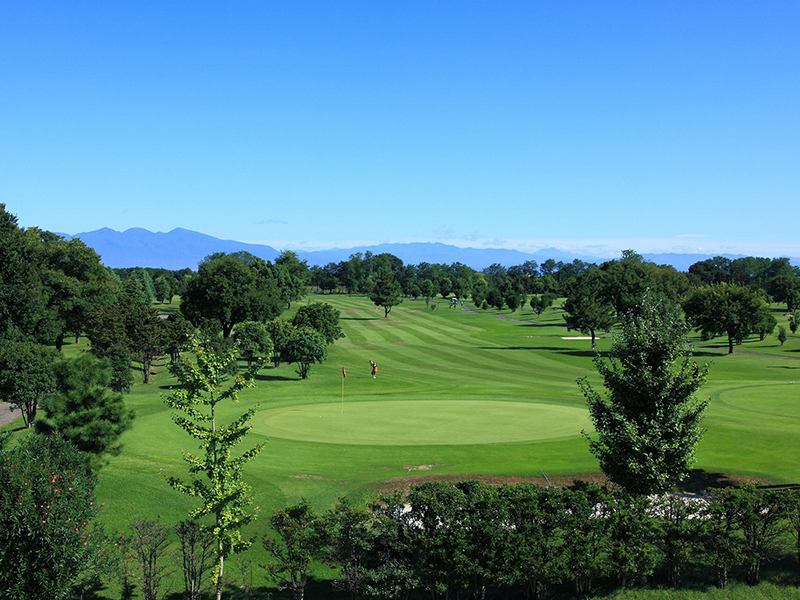
This riverside course has a mix of flat and undulating greens and is blessed with a rich natural scenery, with a view of the three mountains of Jōmō and Mt. Asama, and a carpet of red spider lilies in bloom during peak season. The specialty of the course is No. 17, a 595-yd (regular), par 6, extra-long course.
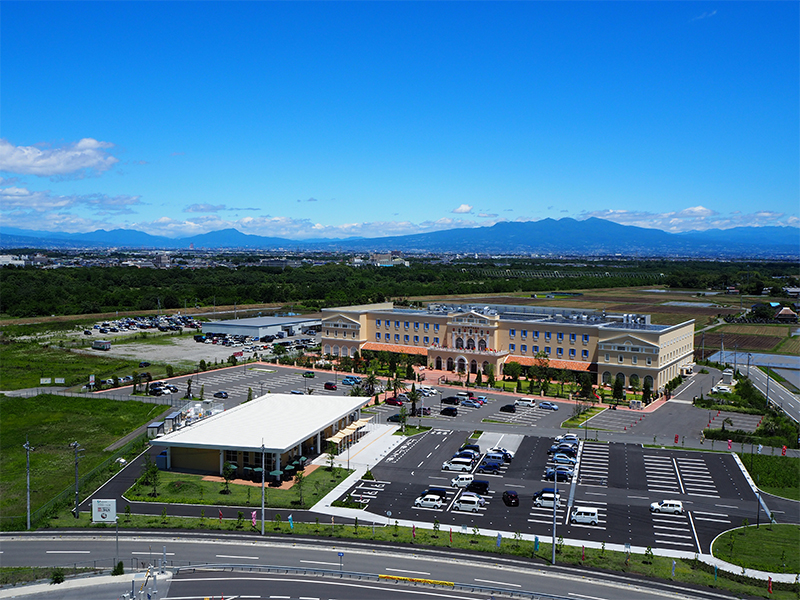
Located right by the Kamisato Smart IC for great accessibility. You can shop for seasonal fruits and vegetables, western and Japanese sweets, and even experience harvesting the fruits and vegetables yourself! Look forward to further developments from Kamisato Town as a center of tourism!
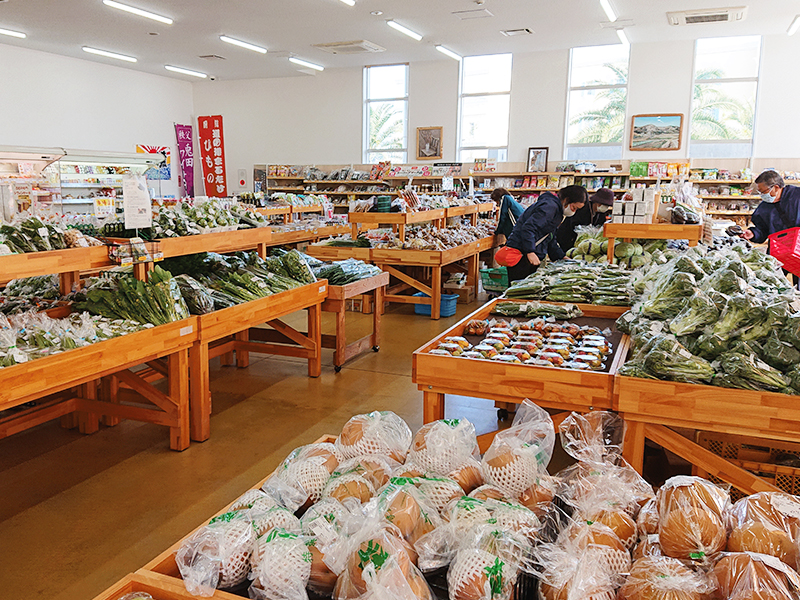
Located right next to the Kamisato Smart IC, this store is packed with fresh produce representative of Kamisato, such as pears, strawberries, corn, cucumbers, and tomatoes. The store is also popular for holding events featuring seasonal fruits and vegetables, such as the Corn Fair, Pear Fair, and Strawberry Fair. In the food court attached to the store there are a local handmade udon noodle restaurant called Kiyanchi and a handmade hamburger steak restaurant with its head office in Sengoku (Tokyo) called Grill K Farms which attract many lunchtime visitors from near and far.
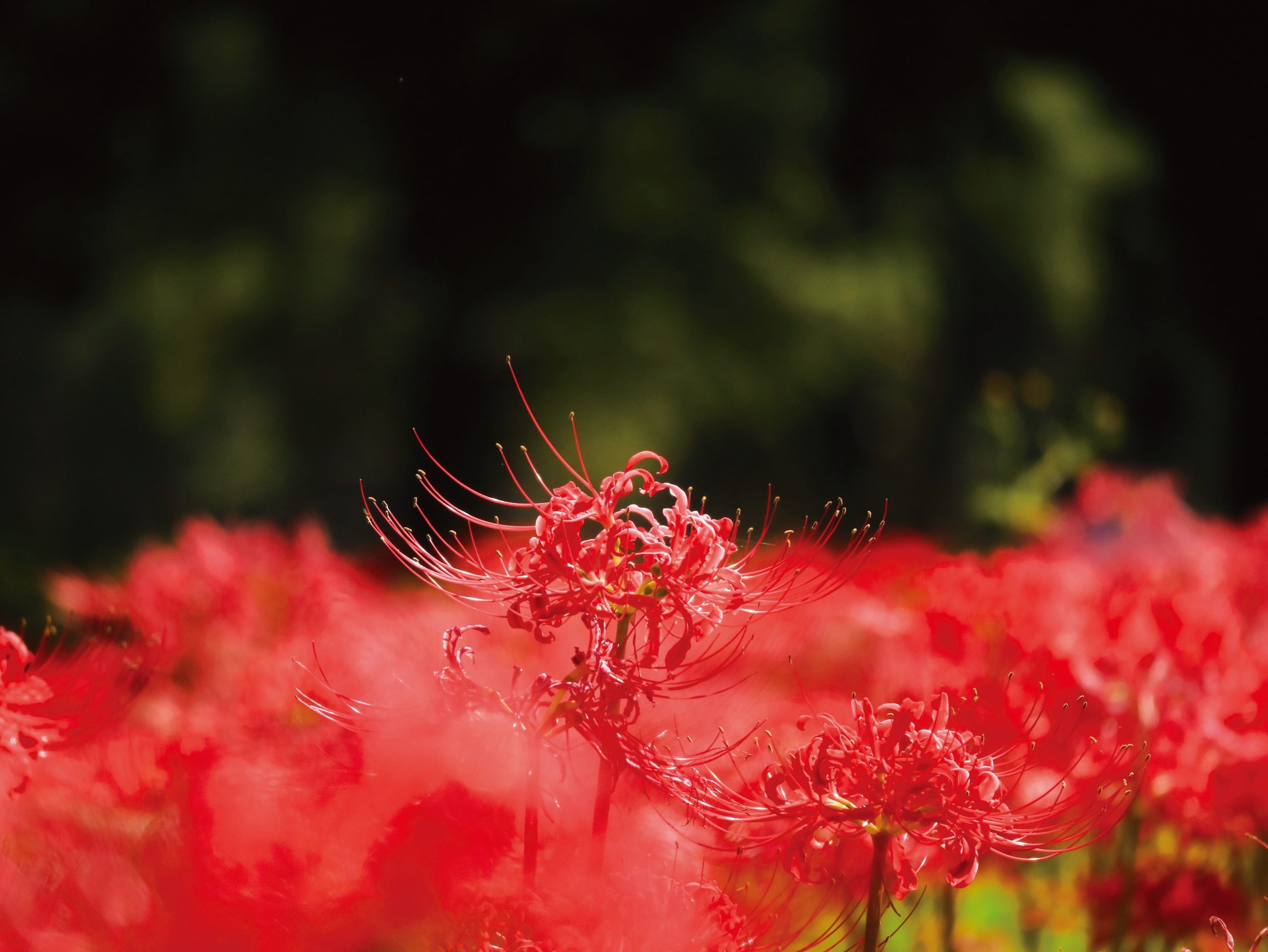
This field of spider lilies was planted on the banks of the Karasu River by local volunteers. The carpet of red flowers blooms along the Karasu River in autumn, with Mt. Haruna and the clear blue sky providing the backdrop for a spectacular view.
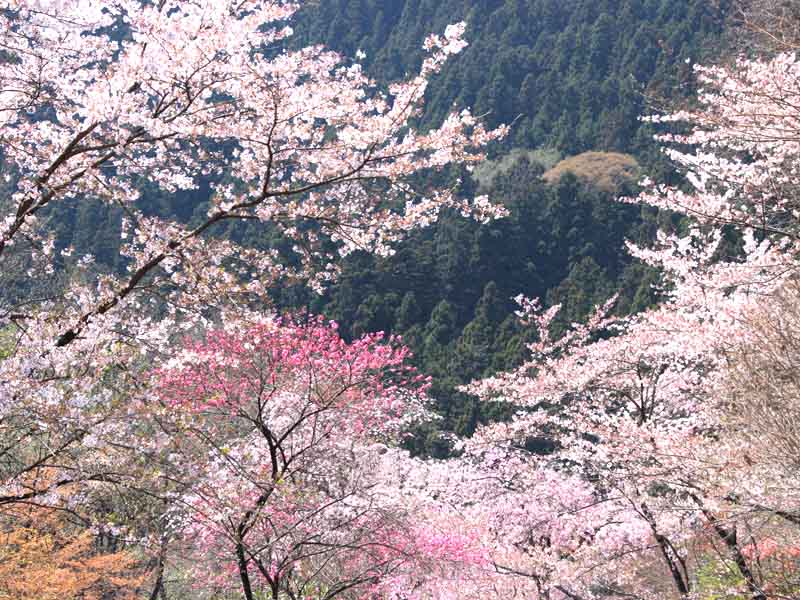
At this park on the Kanto Friendship Trail (Kanto Fureai no Michi), the blooming flowers around the Shimokubo Dam (Lake Kanna), visible from below on the north side, are the delight of many tourists from spring to autumn. In addition, around 600 rare winter cherry trees blooming in the park from late October to early December create a very special atmosphere. There are also campsites, restaurants, souvenir shops, BBQ areas, observation decks, and more. It's the perfect place to enjoy a day of fun with the family!
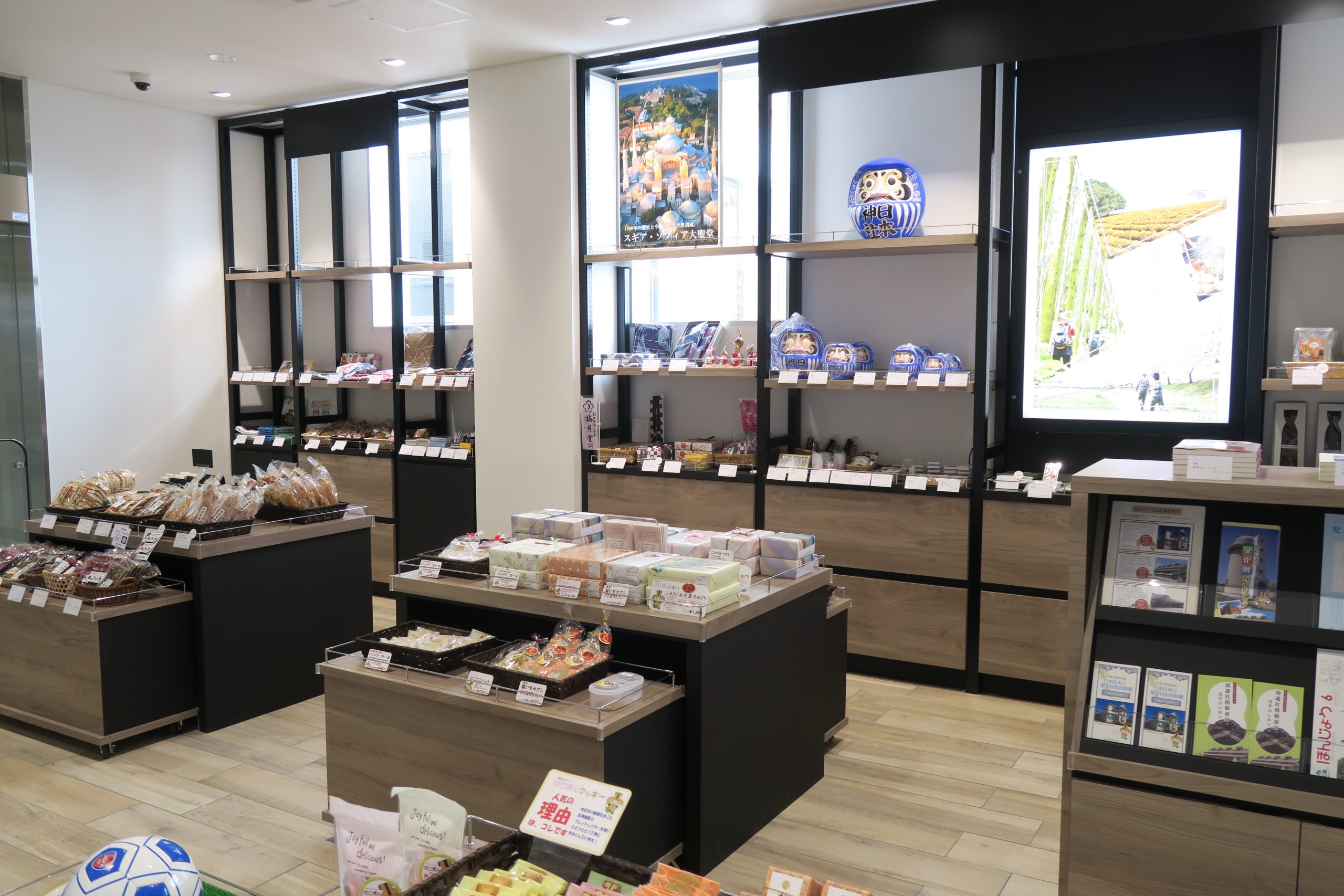
This is a tourist information center located in Honjō Station of JR Takasaki Line. Visitors can obtain tourist pamphlets and information regarding the city and purchase Honjō City’s souvenirs. Sweets and Japanese goods recommended by the Honjō City Tourism Association and Honjō Kasuri silk are also available.
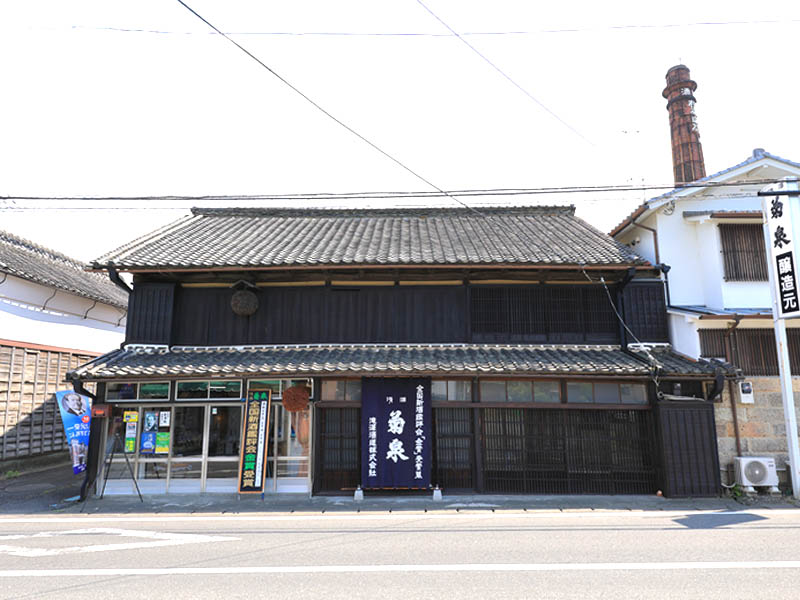
This sake brewery guards traditional techniques that have been in use since 1863. "Tradition is innovation" is their motto that gave birth to their sparkling sake, a product that has gathered attention and been praised, both domestically and abroad. Visit the brewery, interact with the brewers, and come in contact with the history and tradition of Japanese sake!
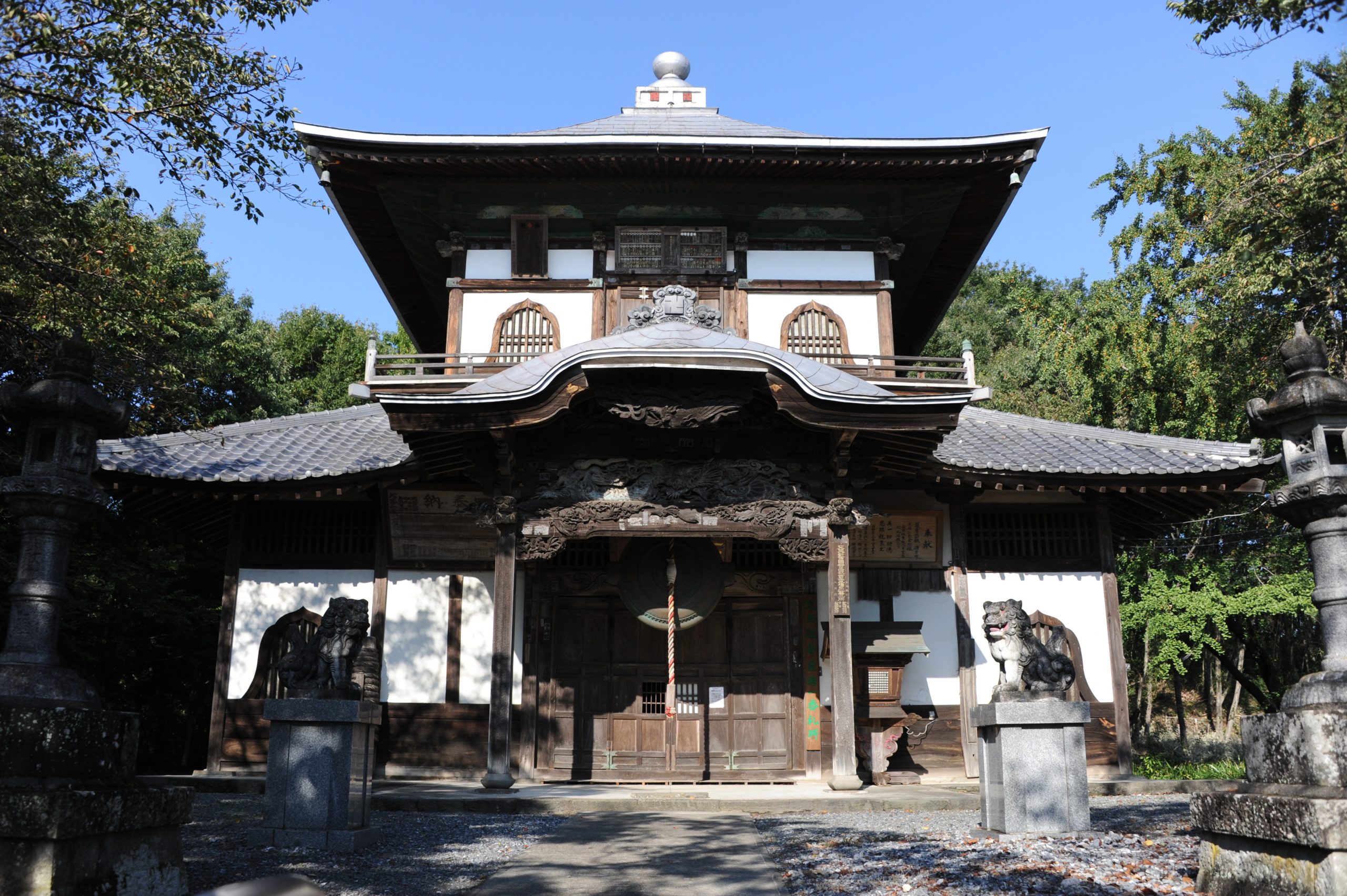
Jōshinin Hyakutai Kannon-dō, commonly called “Sazaedō,” was built to mourn the victims of the great volcanic eruption of Mt. Asama in 1783. The architecture has a rare helical structure with two exterior layers and a three-layer interior spiral corridor, enabling worshippers to practice the Buddhist etiquette of walking around a corridor three times in a clockwise direction (unyosanso). The first layer enshrines the Kannon of the Chichibu Sacred Site No. 34, the second layer enshrines the Kannon of the Bando Sacred Site No. 33, and the third layer enshrines the Kannon of the Saikoku Sacred Site No. 33. The reception desk is located at the Honjo City Tourism and Agriculture Center.
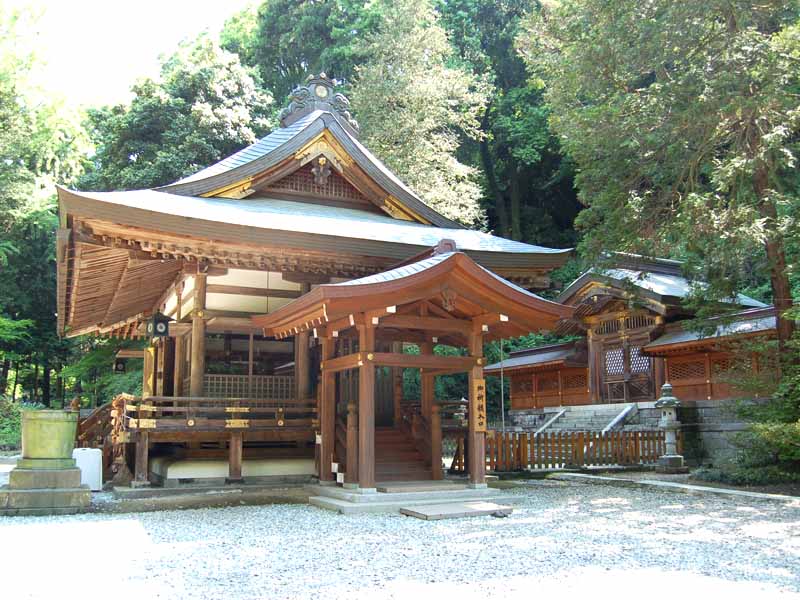
One of the most prestigious shrines in the prefecture, it has no main shrine due to being dedicated to the scared mountain Mt. Omuro, and is one of few shrines that still practice this more ancient form of Shinto belief, the only other two shrines of which are Suwa Grand Shrine in Nagano and Omiwa Shrine in Nara. The shrine is said to have originated when the god Yamato Takeru no Mikoto hid tools for fire starting in Mt. Omuro. The shrine also enshrines the goddess of the sun, Amaterasu Omikami, and the god of sea and storms, Susanoo no Mikoto.
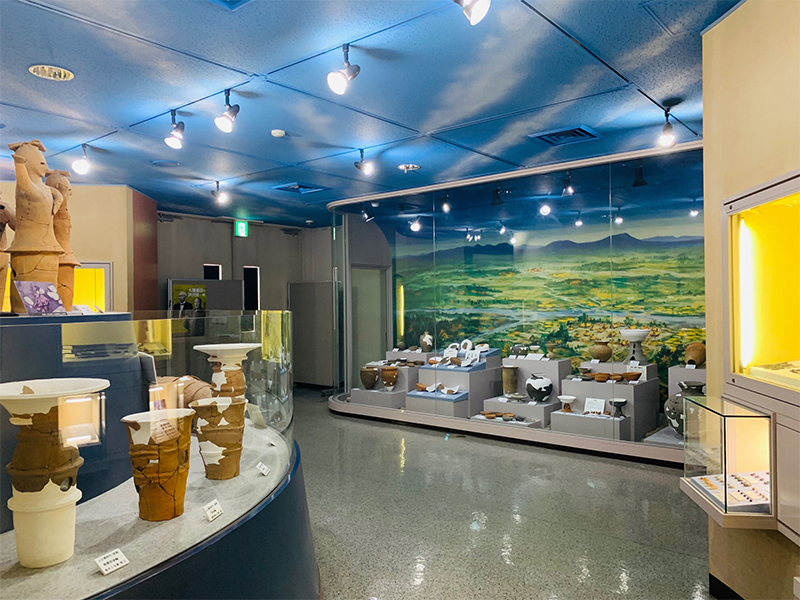
Here you can see the only castanet-playing haniwa (clay figurine) and dancing female haniwa (clay figurine) ever found in Japan! In addition to the many earthenware and stone tools on display, you'll get an introduction to the life of Kiku Nishizaki, the first Japanese female seaplane pilot and great historical figure of Kamisato, who was the model for the heroine of an NHK TV series.
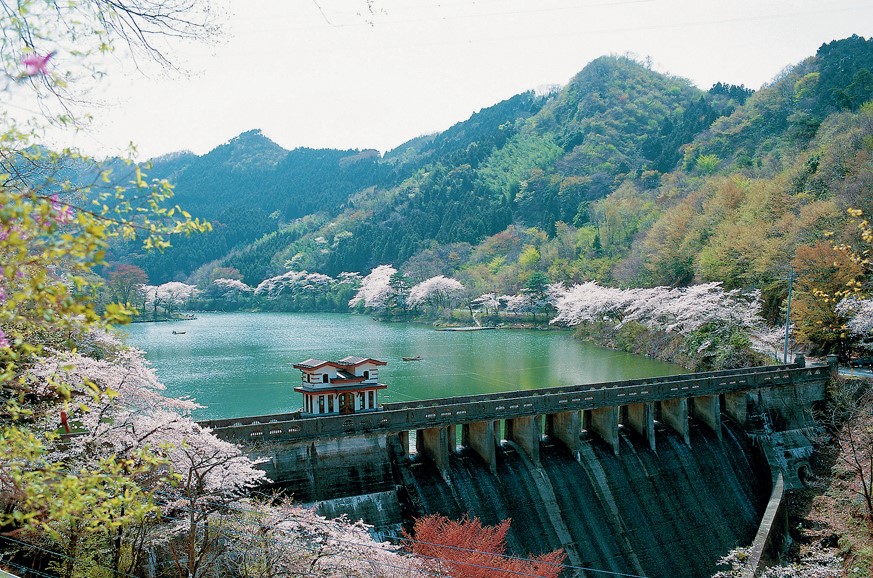
This is the oldest remaining gravity dam for agricultural use in eastern Japan. The weir of the dam and its management bridge are both registered as tangible cultural properties of Japan. The area is also known as a famous place for fishing for crucian carp and Japanese smelt (wakasagi). You can also enjoy the cherry blossoms in spring and vividly colored leaves in autumn.
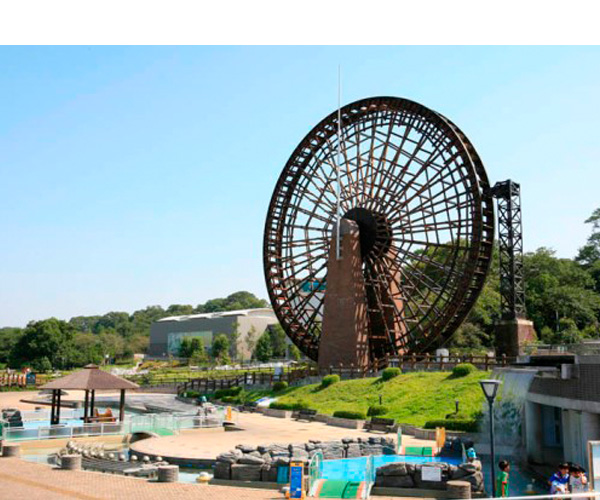
The Saitama Museum of Rivers is an experience-oriented comprehensive museum centering around the Arakawa river with the theme of water and the livelihood of people.
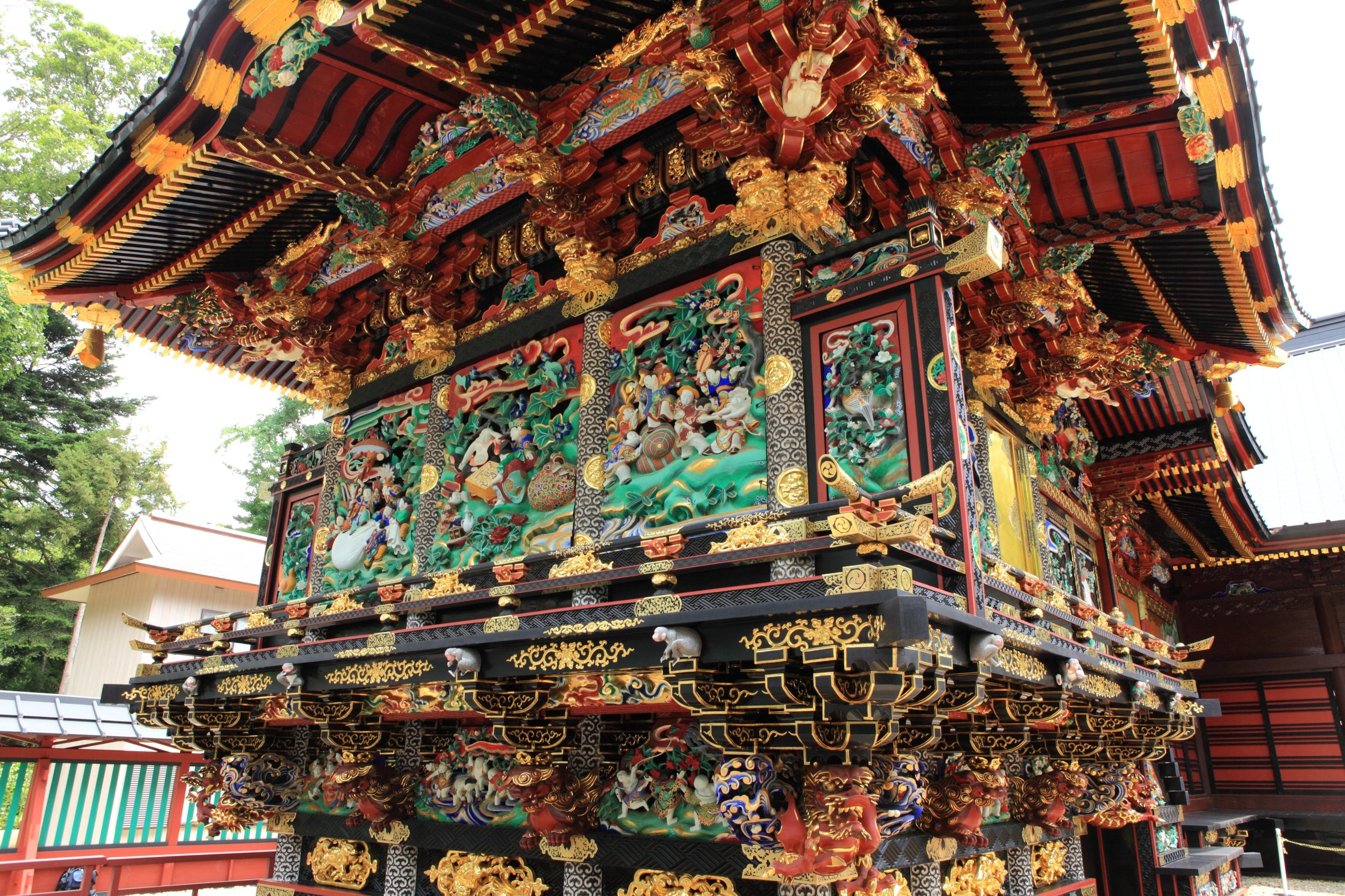
Menuma Shodenzan Kangiin Temple is known as one of Japan’s three holy temples and is said to bring blessings for matrimony, family health, fortune, and scholarly achievements. In 2012, the main sanctuary, “Kangiin Shotendo,” was designated as a national treasure due to its highly skilled carvings, modern decorative architecture and public funding of its construction. Events take place throughout the year, such as the annual grand festival and Setsubun festivals during the spring and autumn.
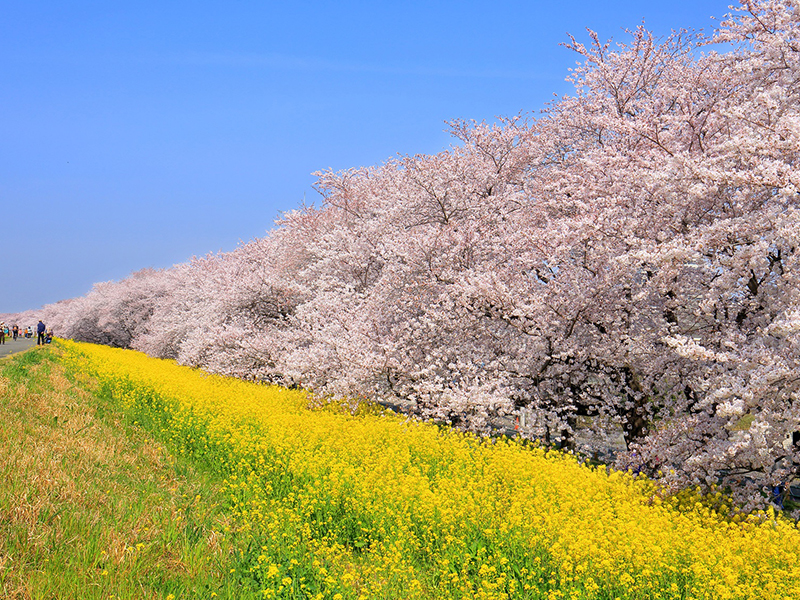
A famous cherry blossom spot since the Edo period (1603-1868) and one of Japan's Top 100 Cherry Blossom Spots chosen by the Japan Cherry Blossom Association. Around 500 Yoshino Cherry Blossom trees bloom in great splendor on a 2 meter stretch of the Arakawa riverbank. During the Kumagaya Cherry Blossom Festival held from late March to early April, revelers can also enjoy nighttime illuminated cherry blossoms.
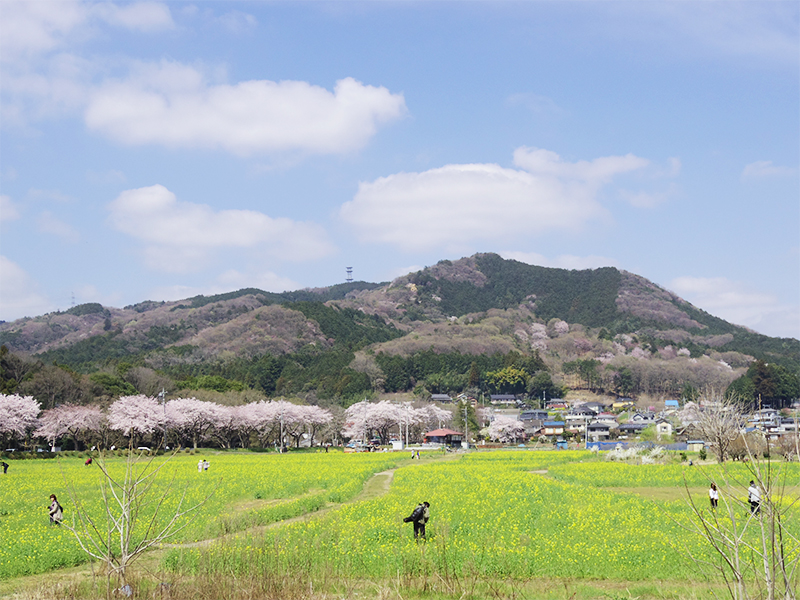
With a height of 305 meters, this charming little mountain is a familiar symbol of Hidaka City. There are hiking courses with a variety of terrains, including a gentle slope for beginners and a rocky slope for the veteran climber. At the top of the mountain is a Japanese Hokyointo Pagoda and the entire area of Hidaka City is visible from here. On a clear day, you can even see the skyscrapers of Shinjuku and the Tokyo Sky Tree towering in the distance.
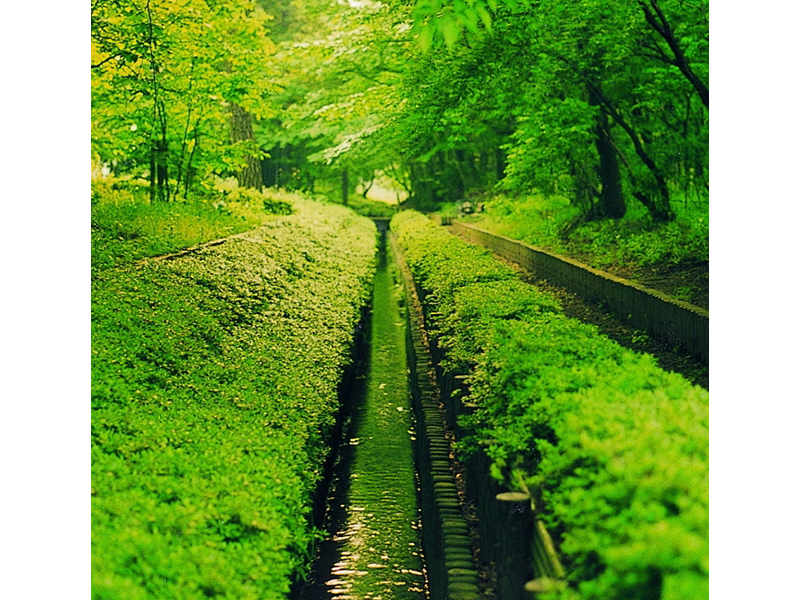
The Nobidome Yosui irrigation canal was diverted from the Tamagawa Aqueduct (Tokyo, Kodaira City) in 1655 to use as drinking water by the pioneers of the plateau, by order of Kawagoe’s daimyō, Matsudaira Nobutsuna, to his vassal, Yasumatsu Kinemon. Today, a promenade set up around the canal transforms this road into a valued spot for nature and relaxation. It has a total length of about 24 km, and also nourishes the rice paddies of Shiki City, Muneoka.
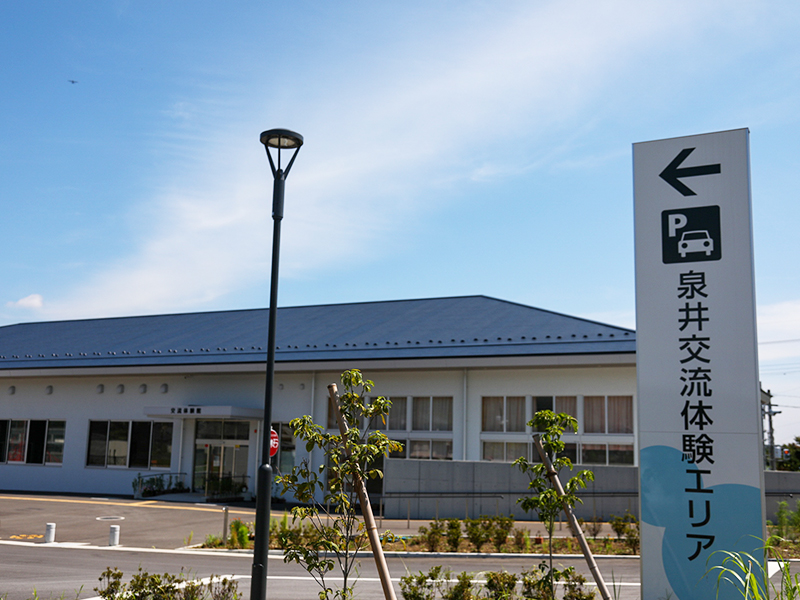
This facility provides a place for interaction among those in and outside of the region. The facility has a spacious lawn and a variety of playground equipment that can be freely used by anyone. In addition to renting out the training room and processing room facilities, the Exchange and Experience Center also holds independent projects such as hands-on classes and exhibitions.
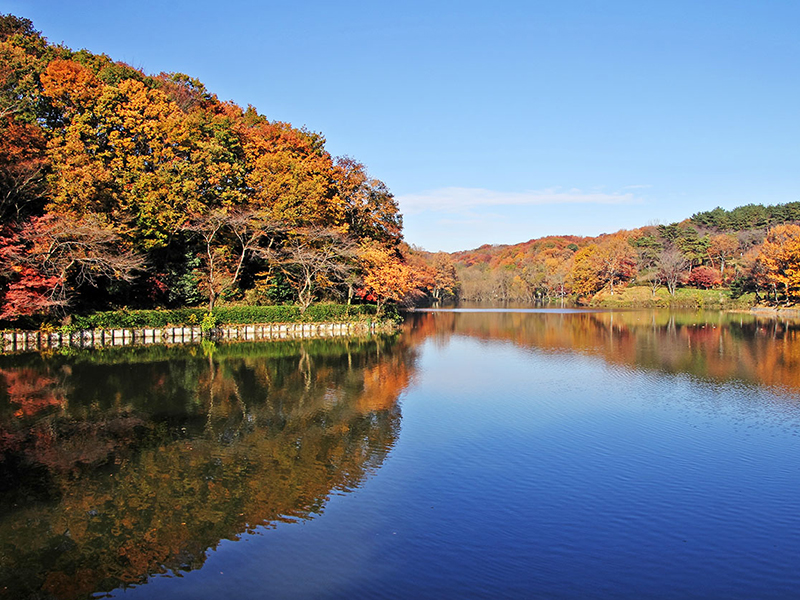
Yoshimi Town is dotted with man-made swamps, which are reservoirs built for rice paddy cultivation. Lake Hatcho is one such man-made swamp with an area of about 52,000 square meters. The kanji character for "Ha" can mean both "eight" and "many." Since several "eights" together has a catchy sound, there are historical expressions in the Japanese language which repeat the number eight to mean "many," such as "happyaku yacho" (many towns in Edo) or "happyaku yabashi" (many bridges in Osaka). Lake Hatcho used to be called "Hatcho Hattan no Numa" (one town block and 8,000 sq.meters) as a play on these expressions, but since the surface area of the lake isn't technically that big, this name isn't in use anymore.
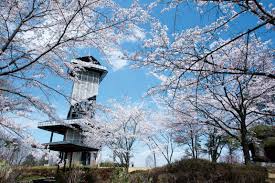
The observatory at Mt. Ninomiya is located at the town's highest location, at an elevation of 131.8 meters. From this observatory, you can enjoy the far-off Mt. Asama, Mt. Tanigawa, Nikko Mountain range, Mt. Tsukuba, and Chichibu mountains, and from the top floor you can get a view overlooking the skyscrapers of Shinjuku using a free telescope. If you're lucky, you can even see Tokyo Skytree! When flowers such as azaleas are bloom, this area is perfect for a lovely stroll.
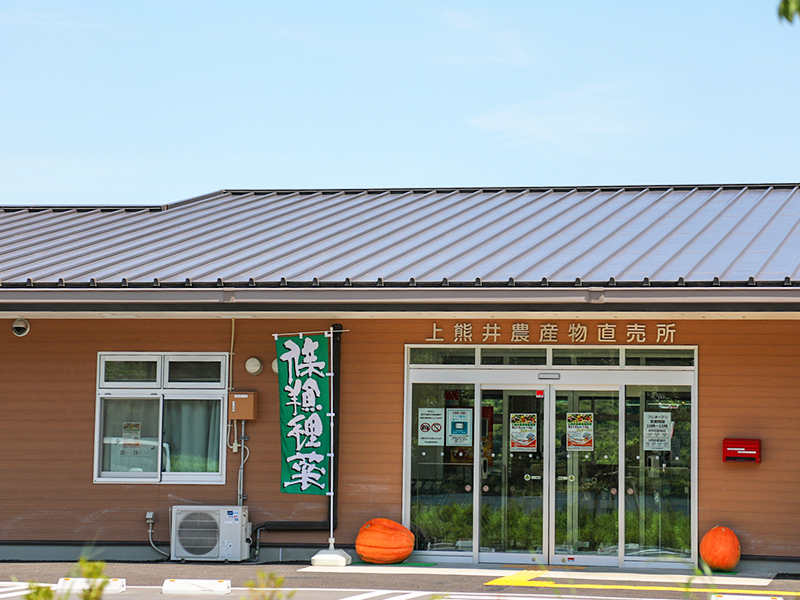
This farmers market sells mainly local agricultural products and specialty goods and functions as a hub for agricultural promotion and regional revitalization. In addition to local agricultural products, handicrafts and processed goods from both in and outside of the prefecture are available. The store has an dine-in space where you can enjoy food and drink, and there is also a spacious lawn. In the future, they plan to offer a rental kitchen where anyone can make sweets and side dishes to sell.
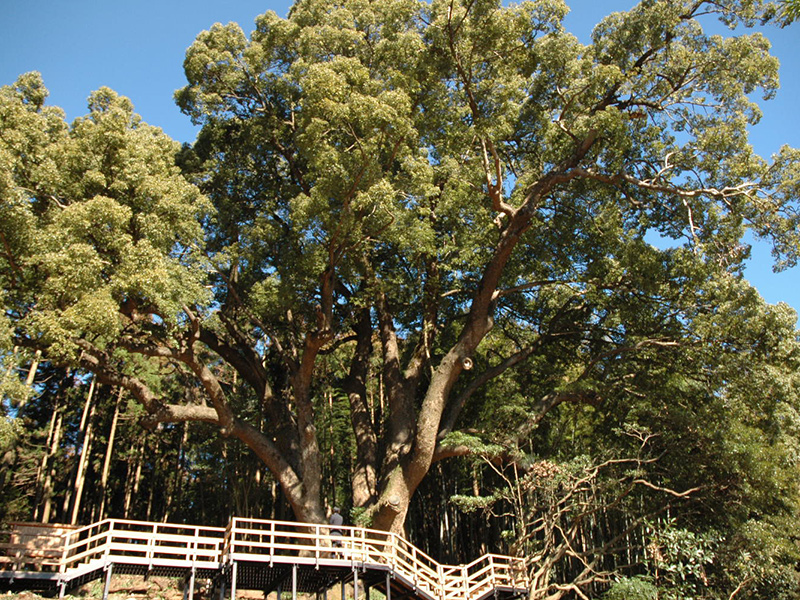
Ranked 16th in the 1988 Japan Big Trees Ranking, this giant camphor tree is certified 1st in the prefecture. The tree has a trunk circumference of 15m, a height of 30m, and is over 1,000 years old. The tree canopy is also a magnificent sight to see. It is designated a natural monument of the prefecture.

As the 10th sacred site on the Bando 33 Kannon Pilgrimage, this temple has been worshipped since ancient times. During the Sengoku period, the temple was used as the main camp for the Takeda forces during their siege of Matsuyama Castle. After passing through the rows of houses which once hid throngs of visitors, you will arrive at Niomon Gate. Climbing up the stone steps, you can see the city’s oldest bell tower and a wooden temple dedicated to Kannon, as well as a large Ginkgo tree. ※ Seasonal Info: The leaves of the giant ginkgo tree, estimated to be over 700 years old, turn a spectacular yellow color in early December every year.

JA Saitama Chuo's Higashi Matsuyama direct sales center "Inahoterasu" is an open building constructed from local wood and natural materials. The name was chosen by the locals with a contest. Inahoterasu symbolizes how the ears of rice (=inaho) will light up (=terasu) a bright future for people. Here you can find a wide variety of souvenirs from Higashimatsuyama City, such as processed pears and chestnuts, yakitori rice crackers, and other snacks!

Mizuko Kaizuka Park covers roughly 40,000 square meters and was built to protect and utilize a historically designated site of midden (ancient waste collection spots) significant to the first half of the Jomon period (approximately 5500 to 6500 years ago). The size of the site represents the original ancient village, a path spanning 582 meters encircles the park, and 5 pit-houses (shelter houses built into the ground) and the Jomon era forest which surrounded the village have been restored. At the exhibition hall, excavated dwelling sites have been replicated, demonstrating how the ancient people lived at that time utilizing the midden. There is also an adjoining archive museum displaying artifacts unearthed from the city's ruins, with stone tools from the Paleolithic era roughly 30,000 years ago, designated cultural property Jomon pottery (nicknamed “flying squirrel-shaped pottery” ) unearthed from the ruins of Hazawa, an iron sword and a glass bead from the beginning of the Kofun period, and numerous other artifacts representing the primitive and ancient times of Fujimi City.
This site uses cookies to improve the user experience. If you continue to browse, you consent to the use of cookies on this site. Accept
CONTACT
